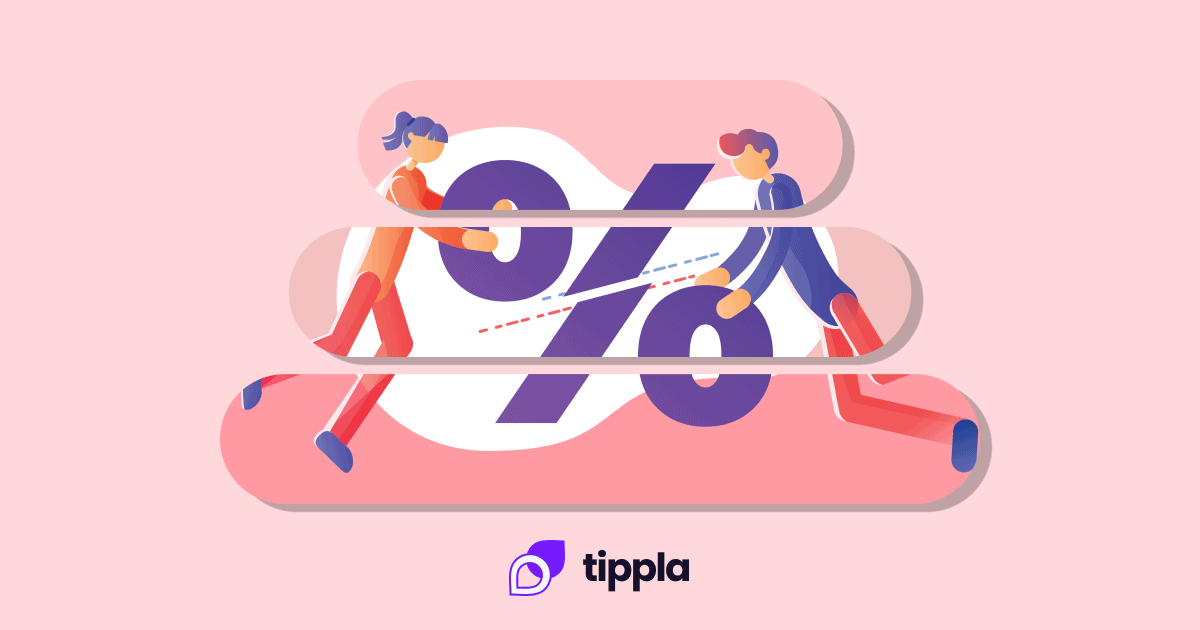Published in July 28, 2021
What is revolving credit?

You will most likely know revolving credit like credit cards.
It’s most commonly known as a type of credit that can be accessed repeatedly. Having an account with revolving credit essentially means you’re capable of borrowing a set amount of money multiple times. The money you have available can either increase or decrease depending on how much you repay each month.
If you’re after an alternative to an instalment loan, revolving credit would best suit that. That’s because it requires you to borrow a lump sum initially, and then repay it on a monthly basis. Repayment options include paying monthly minimum, the entire balance or any amount in between. Although a revolving credit account is a good way to build credit, it can also lead to debt if you lose control of your spending habits.
How does revolving credit work?
The way it works is you borrow or charge a purchase to your account, which deducts from your overall borrowing amount. For example, if you have a $4,000 limit and you make a $2000 purchase, you now only have $2,000 to spend. And once you pay that amount back, you will be able to borrow more again.
Who your lender is and the terms of your repayment plan determine how much you’d have to pay back on a monthly basis. It’s important to know that revolving credit accounts don’t have monthly fixed monthly payments.
You do have the option to pay the entire balance at once, otherwise, you’re not required to. If you don’t pay it all at once, you’ll incur interest based on the fixed or variable interest rate.
Instead, you’ll make a minimum payment, based on your balance, interest rate, and any applicable fees. Additionally, your revolving credit account doesn’t close when you reach a $0 balance.
What are examples of revolving credit?
There are two types of revolving credit, personal or business line of credit. You can open either account at a bank or credit union. The amounts for credit line accounts usually start at a few thousand dollars with higher interest than personal loans, but lower than traditional credit cards. Personal and business lines of credit are primarily used to cover large or unexpected cash flow and control cash flow.
Home equity line of credit. An alternative to a traditional home equity loan, which is for a specific lump sum, a HELOC lets you draw as much or little as you want from credit line for a set period of time. The maximum credit line amount is based on the equity of your house.
Your credit is renewed every time you pay off a portion of your card debt. This runs counter to a charge card, which requires you to pay off your entire balance every month.
Retail cards are issued by department stores or gas stations, and they work just like credit cards. You can make purchases depending on your credit limit and how much you’re able to pay off.
How does revolving credit affect my credit score?
Purchases made on credit impact everything such as your credit score and history. That, in turn, affects refinancing mortgages, eligibility to rent a home, and all types of insurance rates.
The most widely – used credit scoring model comes from FICO, which evaluates the following:
– Accounts owed
– Payment history
– New credit
– Types of credit used
– Length of credit history
The first two of these factors affect your credit score when it comes to revolving credit. How much total credit you are using is your accounts owed. Finance experts suggest you don’t use more than 30% of your available credit, across all your credit accounts.
Used correctly, revolving credit can be a great way to build your credit score. Payments history accounts for 35% of a FICO score, so it’s critical to make your repayments on time. Late payments not only result in late fees and penalties but significant drops in your credit score.
The pros and cons of revolving credit
Pros
– You can only spend what you need.
– You’re charged interest on what you spend.
– You have control over how much of your balance is repaid (only the minimum, the entire balance, or any amount in between).
– You constantly have a source of spending without needing to reapply for a new amount every time.
Cons
– Higher interest rates
– Additional fees depending on the type of account.
– You could end up in debt or ruin your credit score if you don’t manage your budget and repayment schedule. Revolving credit can be risky for individuals who tend to overspend.
While we at Tippla will always do our best to provide you with the information you need to financially thrive, it’s important to note that we’re not debt counsellors, nor do we provide financial advice. Be sure to speak to your financial services professional before making any decisions.
Related articles

Renters Insurance Declarations Page?
02/08/2021
What is a Renters Insurance Declarations Page? A renters...

The Australian Guide to Saving on Utilities
09/12/2024
Australians are feeling the pinch of rising energy costs,...

How To Reduce The Interest On Your Personal Loan
19/10/2021
A lot of people don’t realise just how much...

What’s The Difference Between Visa and Mastercard?
28/07/2021
Visa and Mastercard are household names, recognised across the...
Subscribe to our newsletter
Stay up to date with Tippla's financial blog